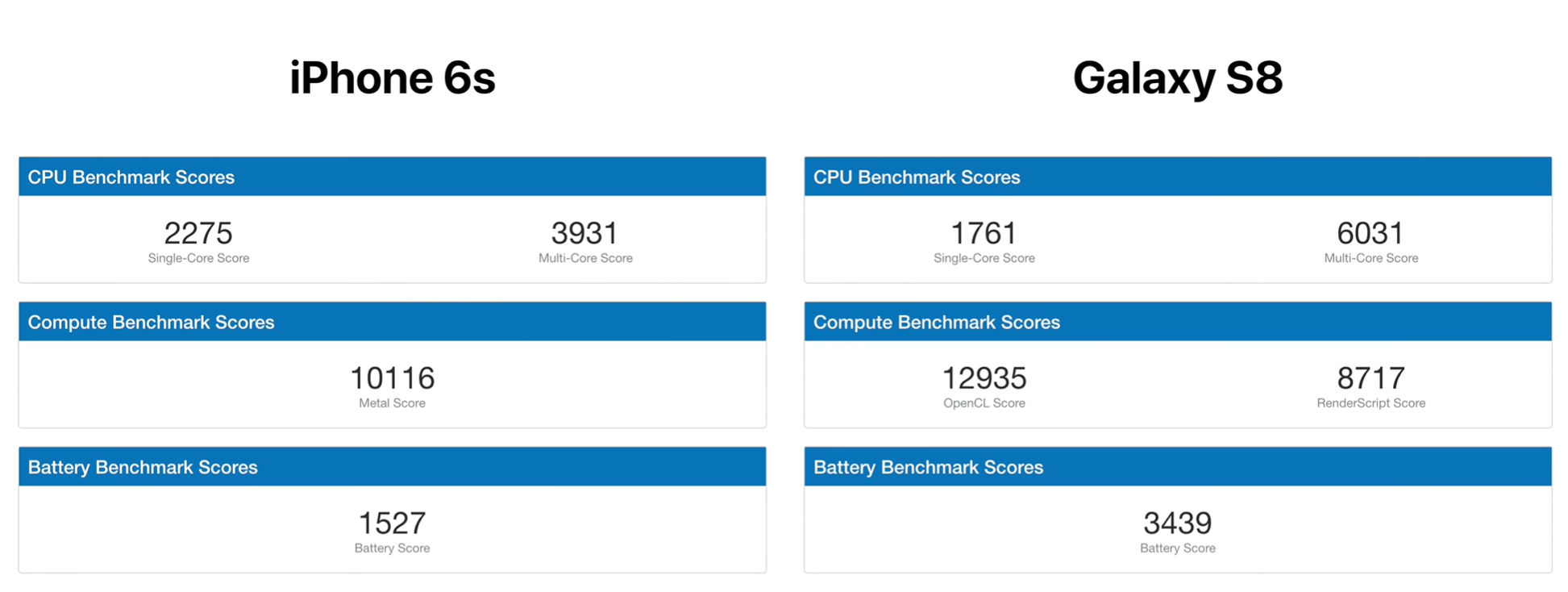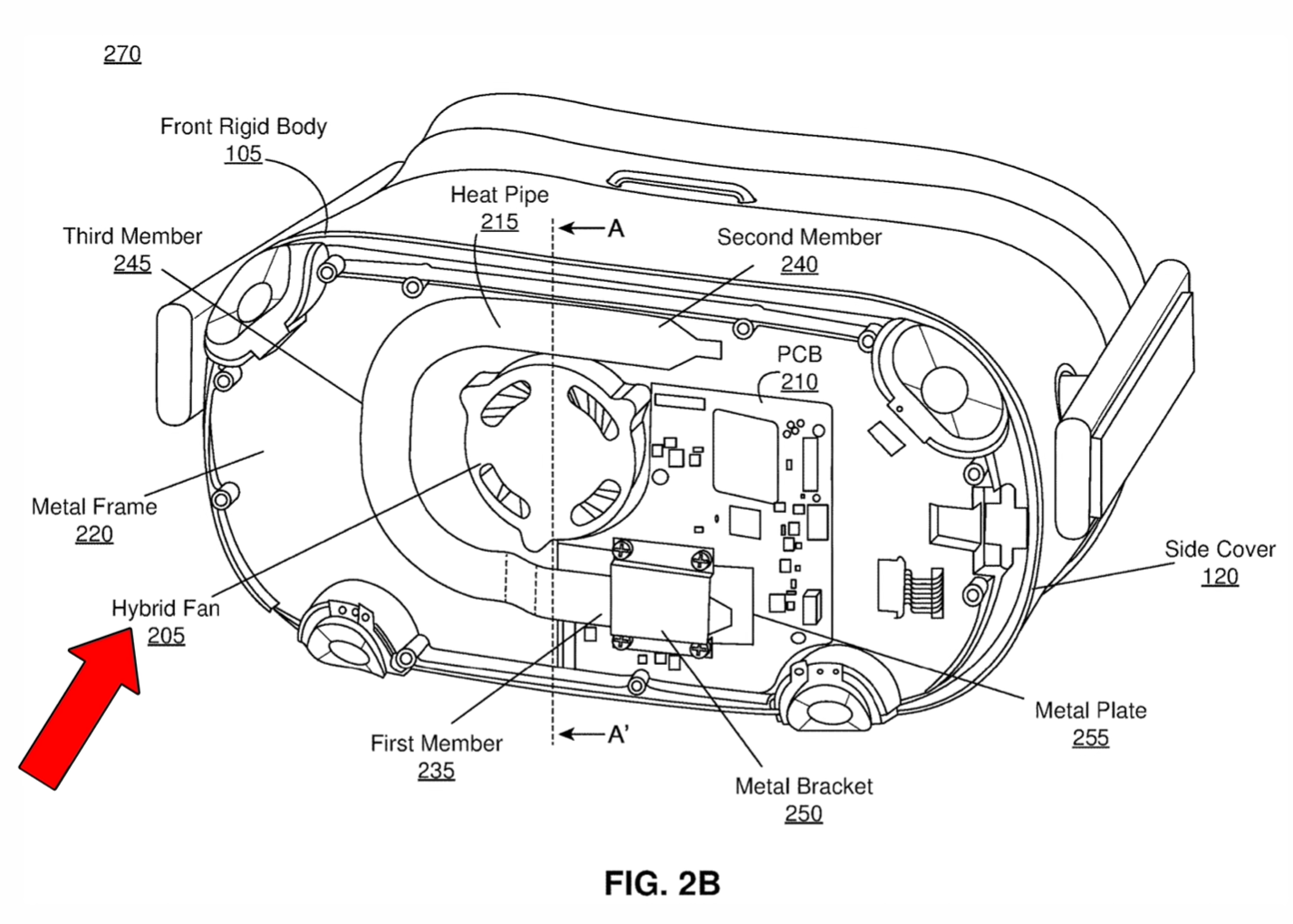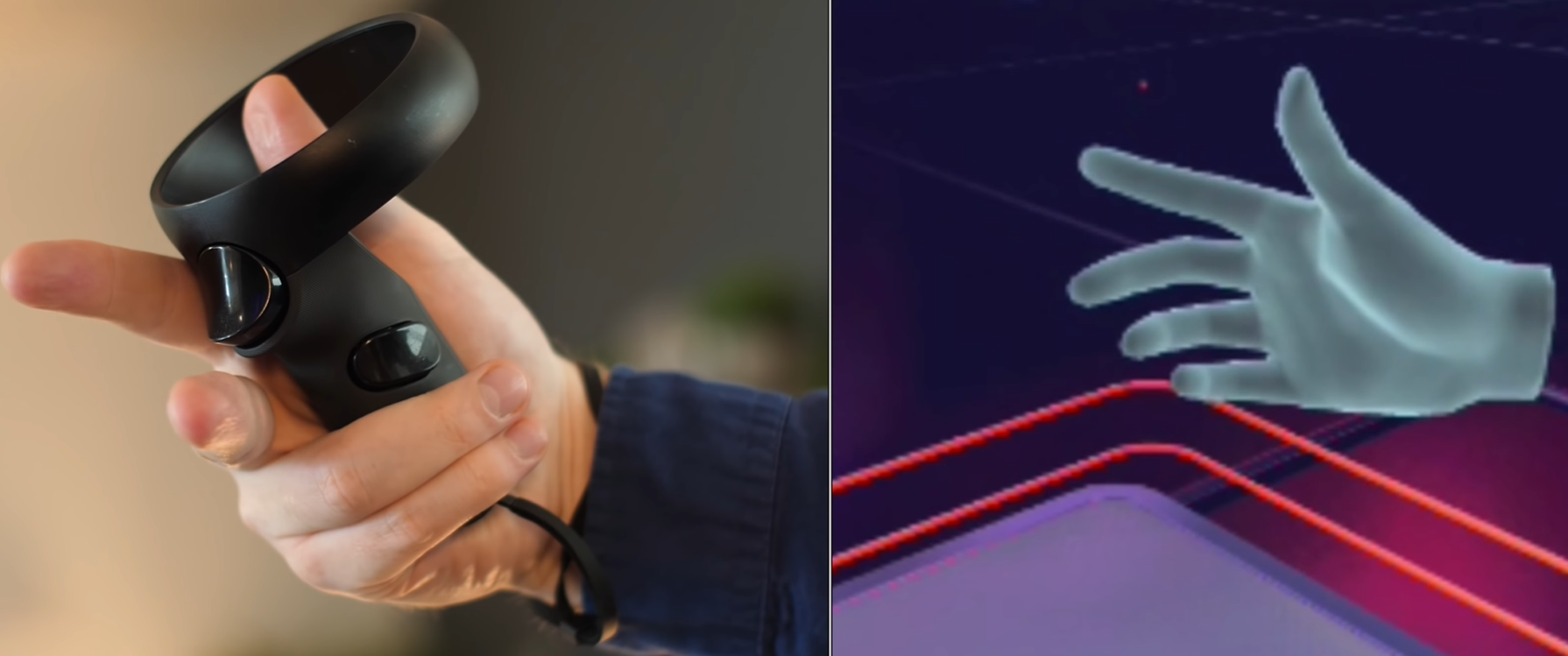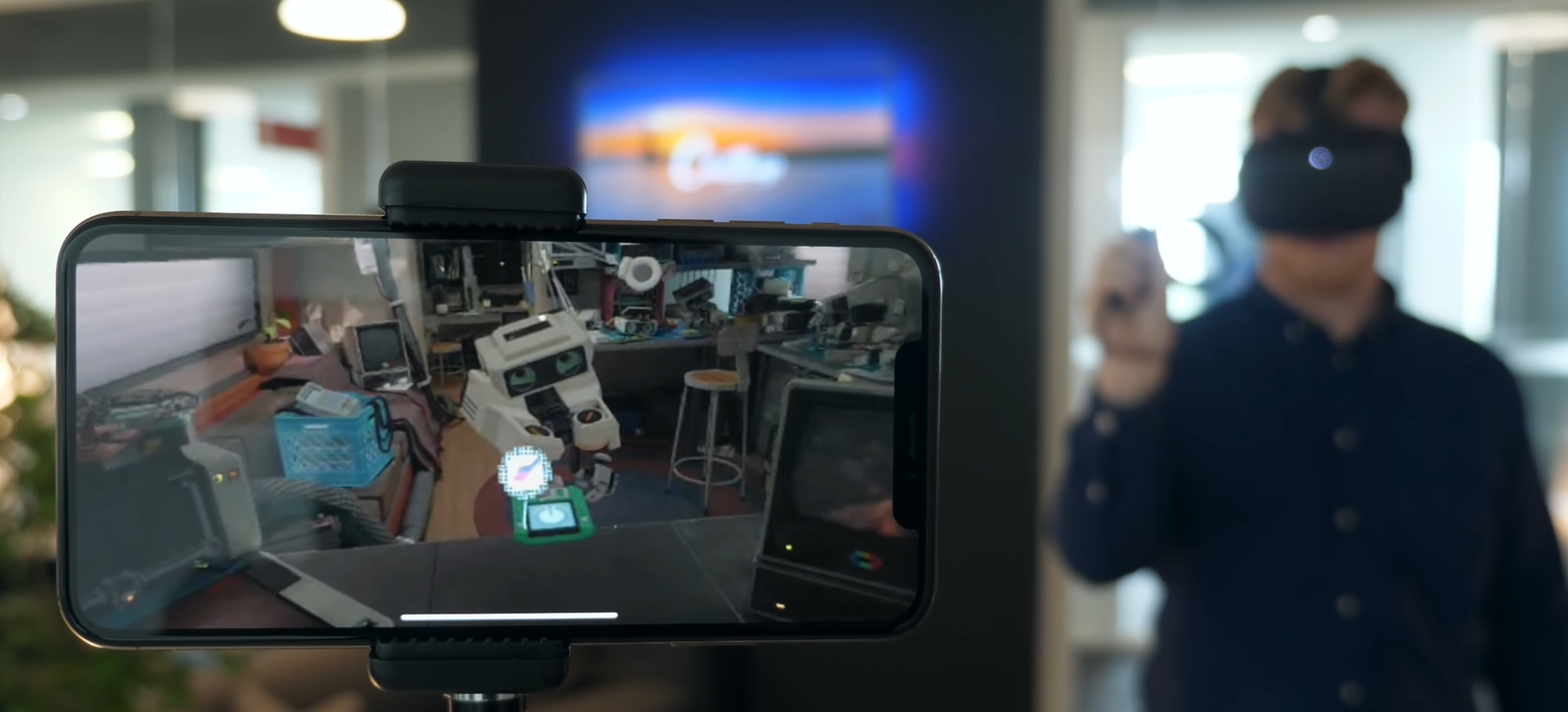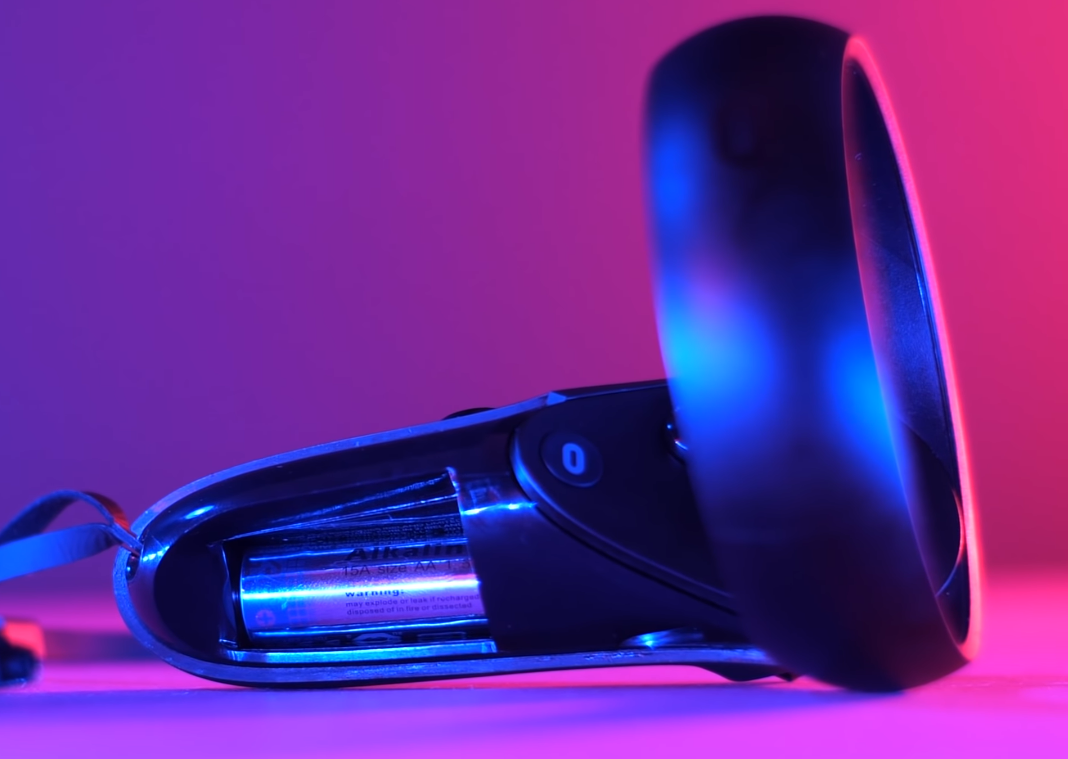Our lives are sometimes boring. We just feel that time doesn’t move fast enough or sometimes we feel that it moves way too fast. We want to be able to do great things, travel around the world, do space walks from the ISS or maybe even travel aboard an actual advanced space craft and explore our Milky Way Galaxy at the speed of light!
All these are things we dream of but they’re also things that 99.9% of us, will never get the chance do to.
But what if I told you that there was a way? The Oculus Quest is a VR or Virtual Reality headset. You put this on your head and you get fully transported into a virtual world and you can pretty much do anything that you can imagine.
Whats special about the Oculus compared to others on the market at the moment is that this is the first real VR that does not have a cable at all. Normally you have the VR headset connected to your PC or game console, but this one is truly wireless and it also supports 3D tracking so you can move around in your room, you can also see your hands as well, and it also tracks when you close your fingers and more.
So how does this measure up against its competitors and what do I think? Well, here is my full unbiased review of the Oculus Quest, after over two months of use!
RESOLUTION
The Oculus Quest has a resolution of 1440x1600 per eye which is quite a lot! The original Oculus Rift had 1080x1200 per eye so this is higher than that. This is also higher than the newly released Rift S which has 1280x1440 pixels per eye and this is also significantly higher than the 960x1080 that the PSVR has per eye!
In fact, the Oculus Quest actually has a higher resolution that the much more expensive HTC Vive and it even has the exact same resolution as the Valve Index VR, which is pretty much the best VR headset that money can buy right now! There are a few Chinese ones that have 5K or 8K displays but they’re only for watching movies mostly.
Now I have been an avid user of the PSVR, using it for over 8 months, and coming from that I could definitely notice a significant increase in resolution. You can still see the pixels on this by the way, you would need something like a 16K display per eye in order to not see any pixels at all, but this is already a major improvement from the PSVR.
However, if it sounds too good to be true, it probably is.
GRAPHICS
So following on from that thought let’s talk about the graphics.
Even though we do get such a high resolution, the Oculus Quest has to run the graphics internally, using a Snapdragon 835 processor. Yes, the same processor that you would find in a Samsung Galaxy S8 from more than 2 years ago, and the S8 wasn’t a powerful phone in the first place. Performance wise, the 835 is even weaker single-core wise than an iPhone 6s from 2015. And GPU wise, it is just barely more powerful the iPhone 6s from 2015.
The Snapdragon 835 Processor found in both the Samsung Galaxy S8 and the Oculus Quest is less powerful than that of the 2015 iPhone 6s
Not only that, but the Quest only has 4GB of RAM, which is pretty much the same as you can find in low to mid-range smartphones today. The Galaxy S10 or OnePlus 7 Pro for example can have up to 12GB of RAM, 3 times as much as the Quest has.
So performance wise, this headset is very very under powered. But wait, there’s more!
The severely under powered 835 CPU inside of this not only has to run the game at 72FPS with a 72Hz refresh rate, but it also has to do all the tracking of you hands and the environment in real time!
Now although that is impressive that means that games don’t even get access to the full power of this weak CPU and because of that, they never run at full resolution, at best you are looking at 1920x1080 or even lower in same cases. Whats annoying about this is that it doesn’t really matter that you have such a high resolution display when the image that’s displayed on it is a much lower resolution. So the Quest is like having a 4K display. But playing the games in 720p.
Still games such as Beat Saber, Creed & Superhot VR actually look sharper than on the PSVR! Shaper but the graphics are not that great. For example in Beat Saber, which is literally my favourite VR game, on the Quest there are no reflections on the walls, there are less sparks when the cubes are cut, and the whole thing looks more like a mobile game than a PC game. A good way to put all this is, imagine the Oculus Quest like playing in 4K but on low setting, while something like a PSVR is playing in 1080p but on epic settings.
Also something that I want to address is the frame rate. The Quest has a refresh rate of 72Hz which means that the maximum frame-rate that you can get in games is 72fps. For “proper” VR you need at least 90fps. This is why most VR headsets are even pushing for well over 90Hz now. The PSVR for example, can do 120Hz so you get almost double the frame-rate with the PSVR.
However, while I was expecting the Quest to be a very laggy experience, with a lot of motion sickness because of the lower refresh rate, that was definitely not the case. In fact, in most games I couldn’t even tell that the Quest had that much of a lower refresh rate, when compared to the PSVR. In Beat Saber for example, playing on Easy, Normal and even Hard was perfectly fine. The only time I’ve noticed the frame-rate was when playing on Expert.
Sometimes it would lag, but only slightly, maybe dropped a frame or 2 and that was a bit noticeable. Other than that, I’m quite impressed.
The patent of the Oculus Quest showing the cooling system, including a hybrid fan
So how does the Quest do that? How can it render the games in 1080p or even higher, while keeping a frame rate of 72fps, and also mapping your room in 3D, and tracking your controllers in real time with that heavily under powered Snapdragon 835 processor?
Well two ways, optimisation and a fan! Yes, the Quest has a lot of thermal paste on the CPU, two individual heat pipes as well as an actual active fan in order to keep the processor cooled, because this thing is overclocked! And that overclock is how this CPU manages to handle everything!
COMFORTABILITY
But a good VR headset needs to be comfortable. So how comfortable is the Quest?
Well, the PSVR has that ring that attaches to your head and the VR itself just floats right above your face, it doesn’t really touch it at all. Which means that this PSVR is extremely comfortable! In fact, everyone that has used the PSVR and other VR headsets agrees that the PSVR is the most comfortable VR headset on the market right now.
As the Velcro straps are the only thing that hold the Quests position, some may find that it needs adjusting often to keep it in place
So coming from that PSVR experience to the Quest was an awful experience! The Quest is by far the most uncomfortable VR that I have ever used. It is very front heavy so you constantly have to adjust it, after just 5 minutes or so. It only has a Velcro strap which is extremely basic and doesn’t even go to the bottom of your head at all.
Now there are a few mods and accessories that you can buy and make this more comfortable if you wish. You can buy an HTC Vive Pro attachement and install that, if you want to be creative.
But Oculus does not sell any 1st party accessory to make this more comfortable, which is a shame, because I honestly believe that this is the worst thing about the Quest. It’s not the graphics or the frame rate, it’s just how unpleasant this is to wear, and that’s really bad to say about a VR headset that you’re supposed to use for at least 30 minutes if not even a few hours.
TRACKING
Another very important part of any VR headset is how good the tracking is, and I’m glad to say that the tracking on the Quest is just outstanding!
So it uses four cameras, two in the top corners and two in the bottom corners of the headset and then this is how it maps your room in 3D. I think probably my favourite part of this is that every time you put the Quest on, it will enter into Guardian mode where you can see the outside world and you just draw and outline on the floor where you want the play area to be.
Whilst wearing the Quest, if you come close to or go out of the Guardian Area the walls will start to appear like in the above image
The idea here is that if you step near the virtual walls that you created, you’ll get a warning, and if you put your head through that wall you can actually see the real world. Honestly, this is amazing as no other VR system does this! This way I always feel safe inside the Quest as I know that I won’t hit a piece of furniture or walk into a wall, because I’ll get warning and I can actually see the virtual walls when I come close! This is a great feature!
However, you do need to have a fairly generous space, to play in. For example, my Quest told me that my living room was too small, even though my PSVR didn’t have any problem. So in my case, I ended up activating the Virtual Walls whenever I was playing Beat Saber and I had to disable the guardian in the end, just because it was getting quite annoying. You can do that by enabling developer mode, in the Oculus app on your smartphone by the way.
Now when it comes to the tracking on the controllers, the new Oculus Touch controllers have this ring facing you that contains IR transmitters that the cameras on the Oculus Quest pick up. These worked extremely well, especially after the July 2019 update.
Unfortunately, the tracking does not work in a very bright environment, so you wouldn’t be able to use this outdoors and it also does not work in a very dark environment either. Now the PSVR on the other hand does work in complete darkness, which is a pretty good advantage to have.
But overall the tracking is indeed better than the PSVR, especially after the latest July update I mentioned before. In Beat Saber on Expert, the tracking lost about 2-4 blocks per song, compared to maybe 5-6 on the PSVR.
CONTROLLERS
Now I briefly touched on the controllers in the last section but there’s a lot to talk about so they have to have their own section.
They both have a joystick as well as two buttons, XY AB, and you also have two triggers, one on the back and one on the side, so you have the full experience that you have on a console controller here.
As the controllers are capacitive, you only have to place your fingers on or off the buttons and triggers on the controller for it to register
But probably the best part is that all the buttons have a capacitive sensor on them. This means that if you touch the buttons, without pressing them, this would make your fingers close. Really cool stuff! Grabbing objects in games with this is extremely intuitive.
But there are a couple of things I dislike about these controllers.
First off, they are quite on the small side, so if you’re coming from the PSVR they’re not that easy to grip. So in Beat Saber they do not feel like swords like the PSMove controllers do, instead they feel like gloves or small objects that you hold in your hand.
They’re also very light and the vibration motor inside of these is quite weak, and the battery door kept coming off during Beat Saber gameplay which was quite annoying! So even though the tracking is great on these, in Beat Saber these are not the best controllers. The PSMove controllers are much better for Beat Saber. So what I’ve done, is that I’ve actually bought these extensions for the controllers which work amazing! They make the controllers feels almost as good as the PSMove ones by making them heavier and the vibrations feels a bit stronger as well!
GAMES
But how do those features integrate into the gaming experience I hear you ask!
So, I’ve played a few games on this. Obviously Beat Saber which is my favourite, but also Creed, Superhot VR, Starwars Vader Immortal, Google Tilt Brush and wow! I’m extremely impressed!
You put on the Oculus Quest and it instantly turns on! And if you were previously in a game it would instantly bring you back into that game! That is amazing! There is no wait time, you can just jump right into VR when you want!
I personally do not support unlicensed songs, but Beat Saber does support custom songs and mods on the Quest. You need to download an app called SideQuest, connect your Oculus Quest on your computer and do it from there, so a little bit more effort but it is doable. You can download and load pretty much any songs you want, which is something that you cannot do on the PSVR version.
Now there aren’t that many games as of yet, there are about 30 or 40 but that list is constantly growing. Also I was surprised to see how little storage games occupied. I got the 64GB model for myself and that’s also the once that Oculus had sent over. But after installing about 10 or so apps and games, I still had more than 40 GB left. In fact, most Apps only take less than 500MB! So in case you’re thinking about that 128GB model don’t buy it unless you’ll also be using it to store a ton of movies.
Now something quite cool about Quest is that you can also stream your view to a TV, smartphone or tablet. By default, you can do it in the app on the device that you’ve set it up on and this is how you can show your friends what you’re doing in VR. Unfortunately there is no sound if you do it this way, but if you have a Google Chromecast you can also stream it directly to your TV and this way, you do get sound output. Unfortunately the signal was extremely poor in my case and it was constantly dropping out. But hey at least it’s doable to some extent.
Streaming to a smartphone is just one way for your friends to see what you see through the Quest
And speaking of sound, the Quest does have some built-in speakers which are okay. I wouldn’t use them for Beat Saber but for general sound effects and navigation and maybe Google Tilt Brush they’re fine.
The Quest does have two headphones jacks, one on each side. Oculus does supply first party headphones to purchase but I couldn’t find them in stock anywhere, but you can actually use your own headphones it’s just that you will have that annoying cable in between that would get in your way.
Now, something that I’ve personally noticed is that the lenses on my Quest were quite blurry, even after cleaning them, they was still the same. I’ve noticed this on both my Quest and the one that Oculus had sent over so I’m not sure if this is a wide-spread issue or if this is just how the lenses on the Quest are? So unfortunately they’re a bit blurry and they also have a lot of reflections, something that I’ve never had an issue with on my PSVR or even on my Samsung GearVR headsets.
BATTERY
As I mentioned at the beginning of this review, the Quest is the first truly wireless VR headset. So whats the battery like on this?
There is no way to charge the controllers whilst using them and the batteries have to be removed to recharge or replace them
Well I got about 2 hours of gameplay. It does depend on what game you play, but 2-3 hours is what you should expect. I do like the fact that the charging cable is long enough for you to use the Quest while it’s charging, but I do not like the fact that the controllers do not have a charging port. Instead, you have to use AA batteries which is quite inconvenient. Everything should be rechargeable in 2019!
Also Oculus did tell me that the 128GB is also heavier due to the larger battery. Personally I haven’t been able to verify this claim anywhere else, so from my knowledge both the 64GB and the 128GB models have exactly the same battery.
CONCLUSION
So in the end is the Oculus Quest worth it?
Honestly? Yes it definitely is! If you don’t have a VR then this is the best all round VR headset in my opinion and even if you do have a VR, you should still try this one because the joy of not having a cable anchoring you down is just incredible!
Yes the graphics are not as good as on the PSVR or any desktop VR for that matter, but they are good enough, and the fact that you can just put this thing on and you’re instantly into a game is something that you don’t have on any other system right now!
I just hope that Oculus releases a Quest Pro in the near future with a more powerful processor and a better head strap because those are my 2 main complaints, but other than that the Quest is a console category of its own. So if you haven’t upgraded to an Xbox One X or a PS4 Pro this is a much better option since it’s something completely different! I’m truly looking forward to the future of VR!


